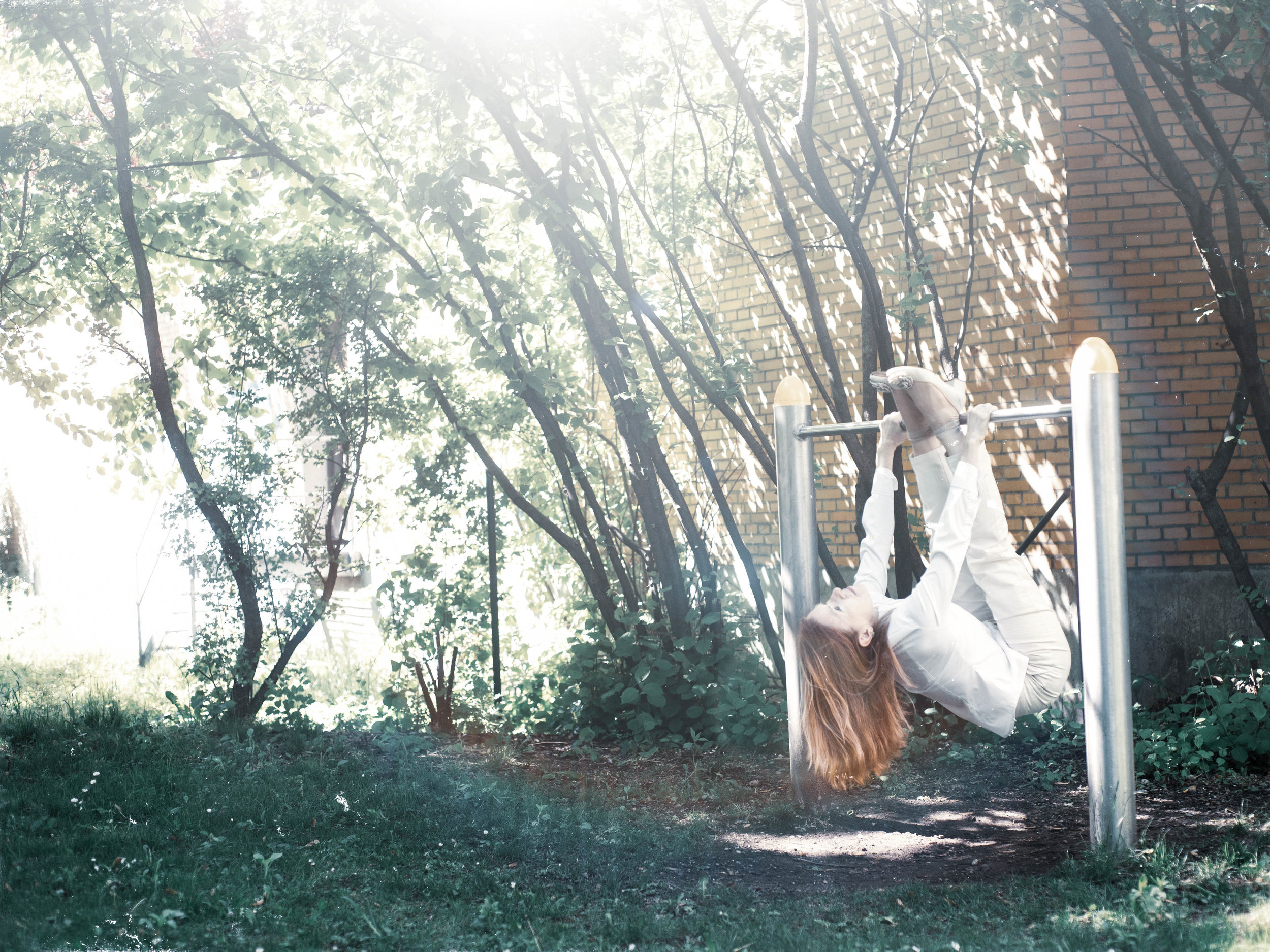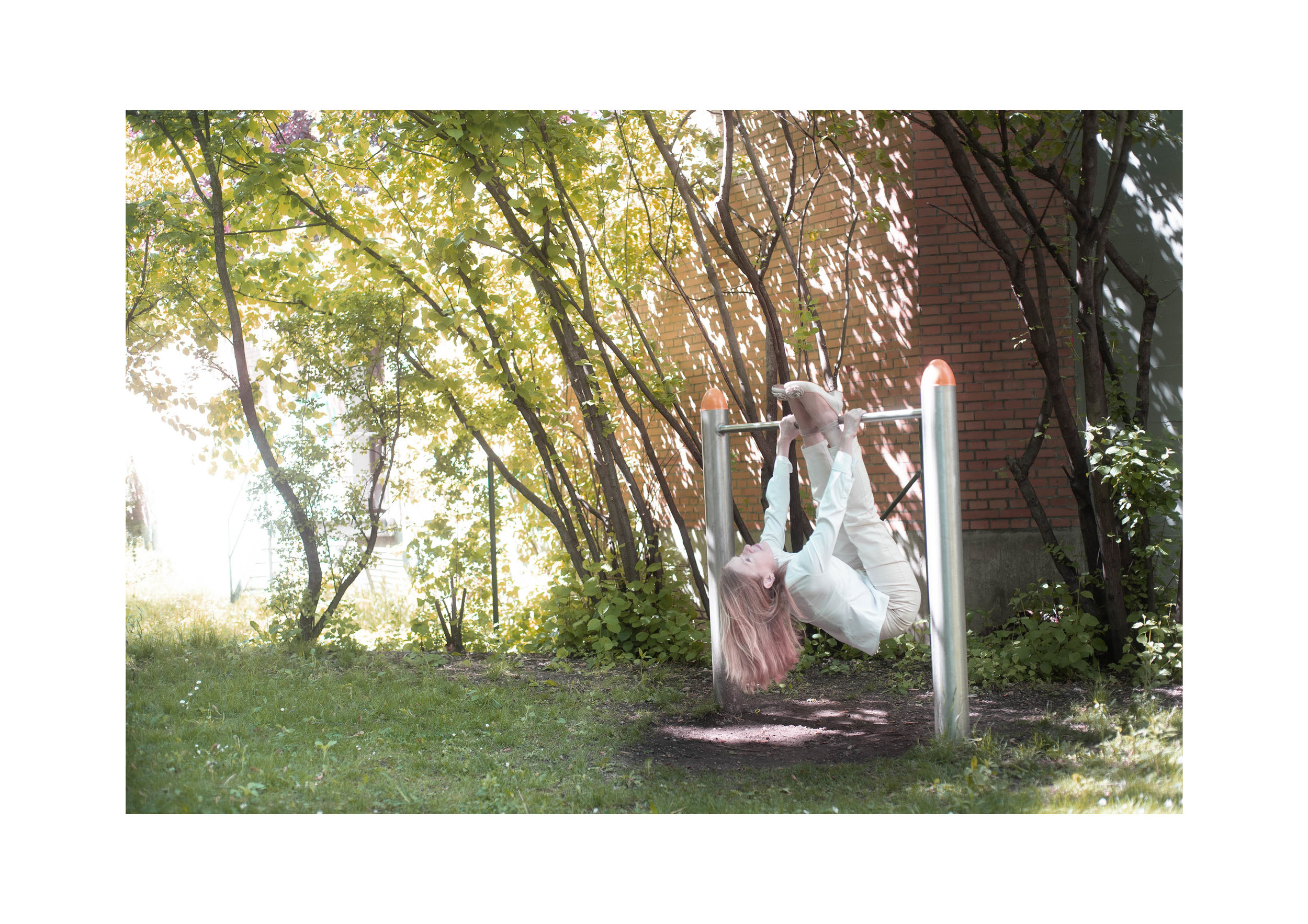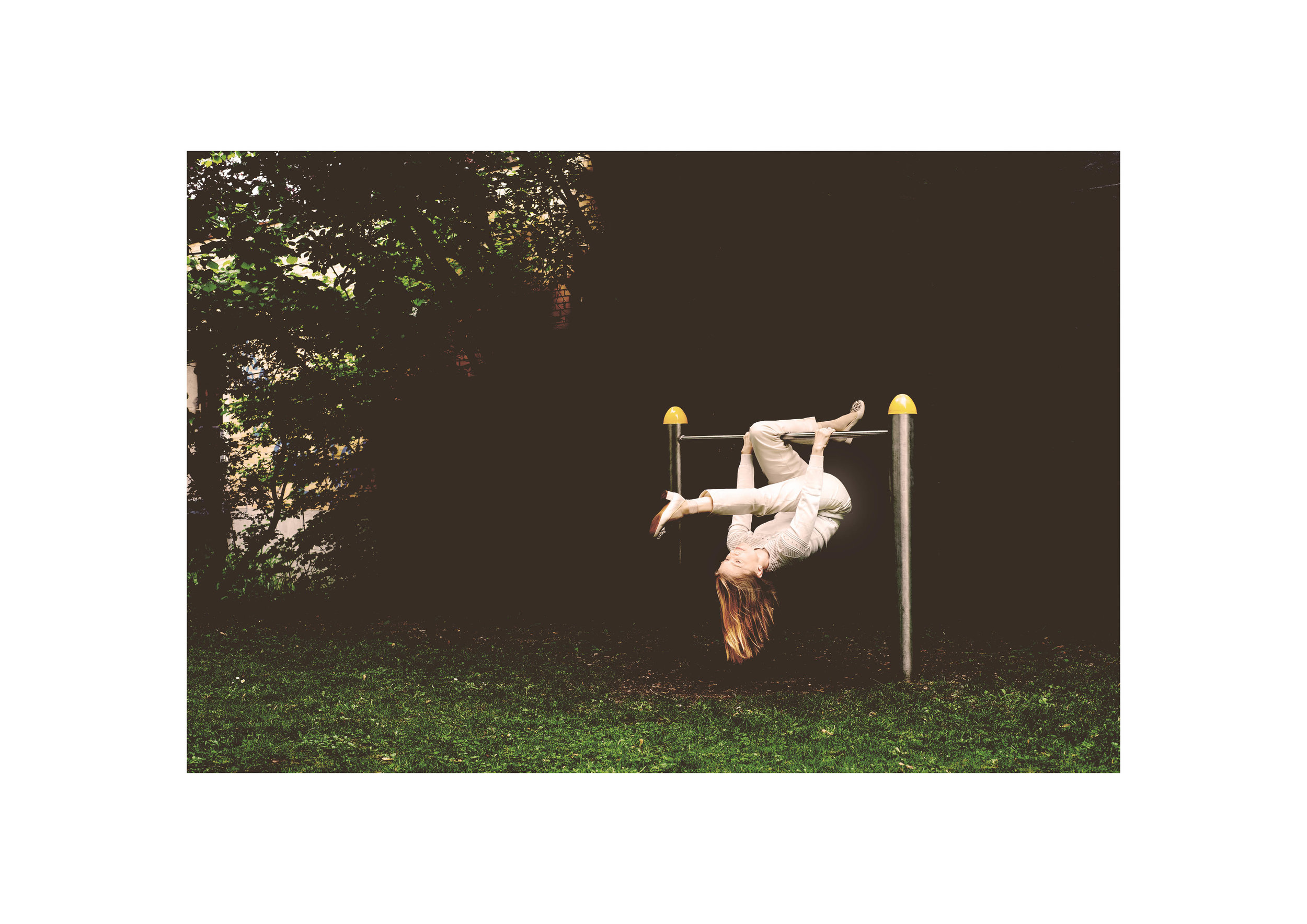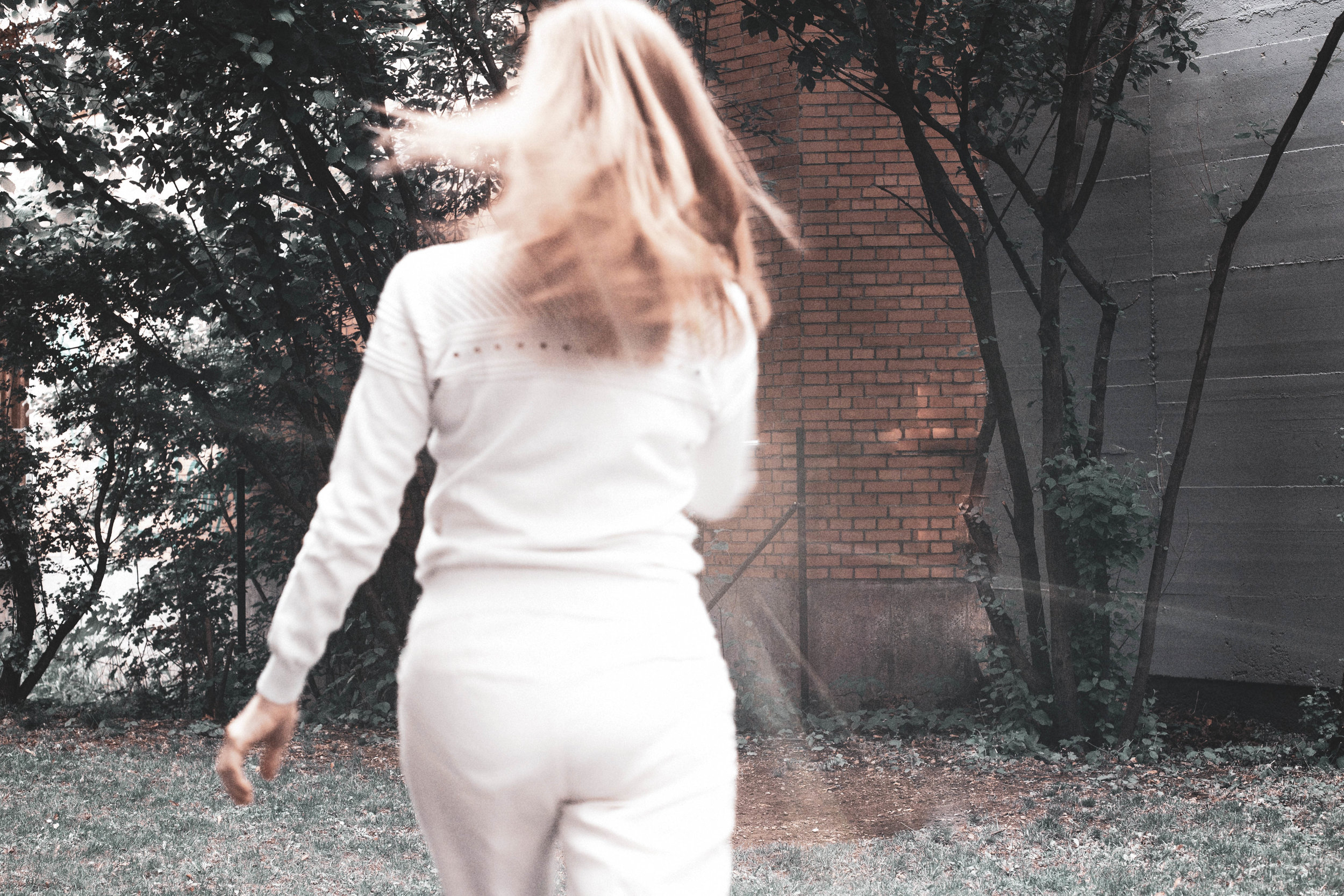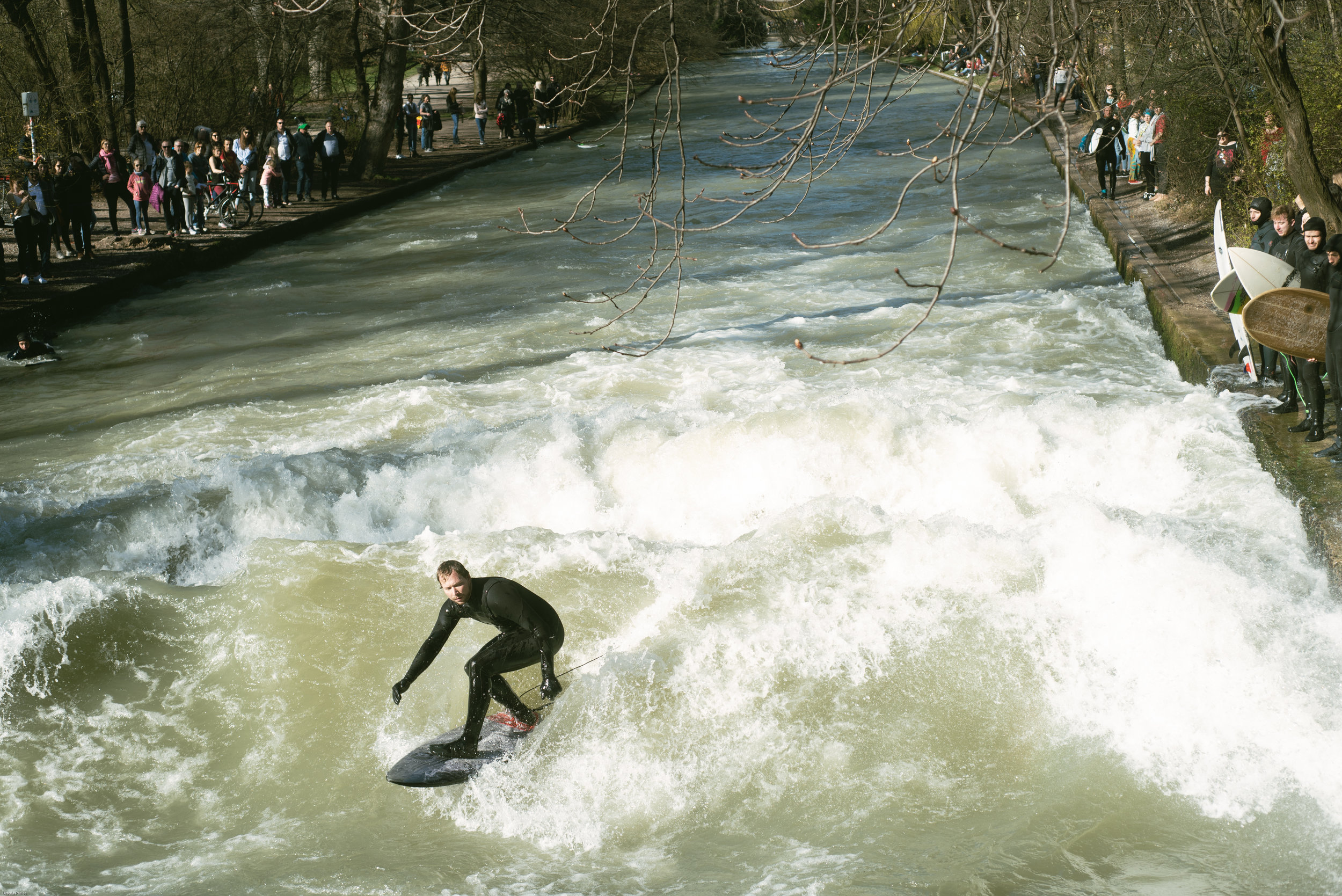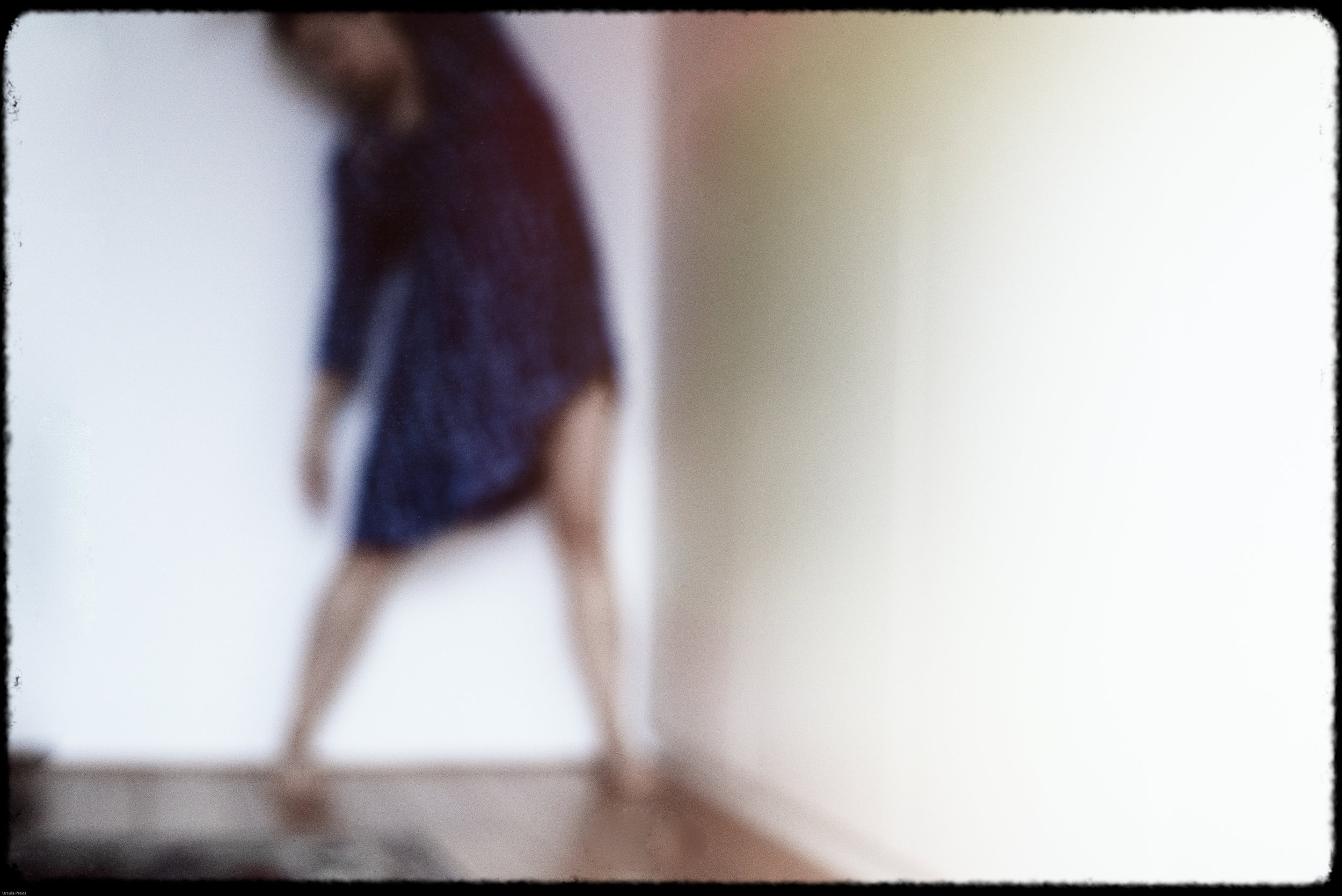It’s the responsibility of the artist and not of those who print when the printed picture is on the wrong paper, has the wrong size. It’s not the first time that I wanted to get my pictures printed on dem paper and I got them on glossy ones or the other way round. One must check the results.
Today I got another picture printed. When I returned home I realized that it was printed on another paper than the pictures that I got printed yesterday even though I mentioned that I’d like to get the same paper like yesterday. Nobody wants to have 5 different papers in a portfolio. I even explained my project and why I need the same paper. I had asked the last time, but I didn’t insist enough to get an answer about the company who produces the paper that they use and the thickness of the paper. I wanted to have glossy paper in addition.
Everything that could go wrong went wrong already:
I got the wrong paper size. I was told that the one who would frame it can cut it. But I want to put the picture in a file.
I got dim paper instead of glossy one.
Each time the thickness of the paper was different.
As said it’s the responsibility of the artist to communicate correctly.
This is the second print company that I try. The first one was expensive beyond imagination. It took 3 weeks till I got one picture printed and then it was printed on a paper with a wrong size. On the sides of the picture was a tiny white rim.
I know now why I avoided this last step. To get to prints is a stony path plastered with mistakes. It’s a trial and error adventure. It can get expensive and time-consuming.
One must probably distinguish between print companies and copy shops. Printing companies have different clients. Most people probably want to get a few copies and go to a copy shop round the corner. They want to get the diploma printed i.e.. Advertising companies might go to different print companies that offer a higher standard. They might not be interested in printing a single picture every week. The printer of the copy shops are usually of high quality these days. Yet a copy shop has different expertise than a company that offers fine art prints.
Hahnemühle is a leading paper company. I consider to buy my own paper. Hahnemühle also offers high end boxes to store the pictures. That way I can at least control a tiny part of the printing process.

